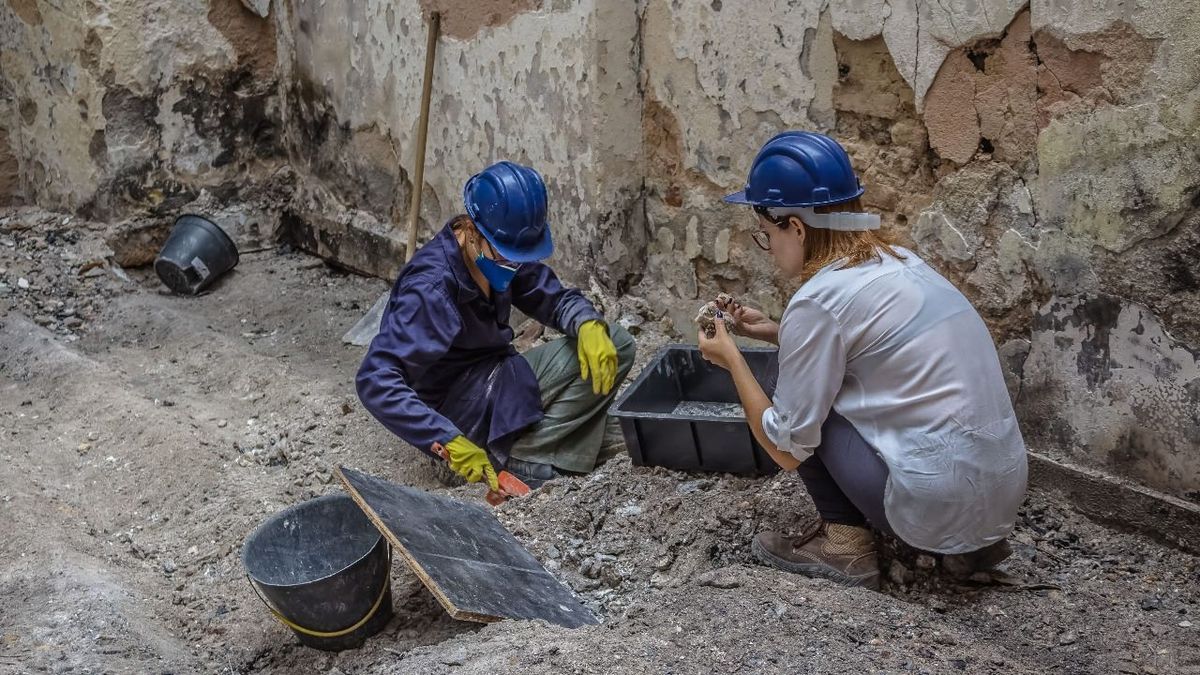As researchers unveiled more than 200 ancient Egyptian pieces recovered from the rubble of Rio de Janeiro’s gutted National Museum during a press conference earlier this week, the museum’s director Alexander Kellner took the opportunity to address the museum’s most pressing threat: a lack of federal funding.
Since the museum caught fire last September, researchers and students have uncovered thousands of pieces, including a prized skull from the Upper Paleolithic period that is the oldest human ever discovered in Brazil. However, the museum is now struggling to afford enough storage space to secure the artefacts it has salvaged so far.
“We’re not going to be able to continue these cool activities you’re seeing here without help”, Kellner said after the unveiling of the ancient Egyptian artefacts. The director adds that the museum needs at least 10 storage units to secure this haul alone, but ideally it needs 40 or more.
The museum has received several donations from international institutions and private donors since the tragic fire last September, and the Brazilian ministry of education, which administers the museum, has donated BRL2.5m reais ($600,000) to the rebuilding process. Kellner has requested that the ministry immediately gives at least BRL1m reais more so it can continue recovering objects from the collection.
“My biggest concern is that the ministry of education understands the importance of its role in the future of the National Museum”, Kellner added during the conference.
Last month, the Brazilian federal police revealed that the fire began from a faulty air conditioning unit in a ground-floor auditorium of the building and there were not sufficient security measures to contain the flames.
The federally-funded museum, founded as the residence of King João VI of Portugal in 1811, had been severely underfunded for several years. The total cost of restoring the building is estimated to be around BRL100m reais ($25m), but there is no clear projection on when the museum could reopen.


